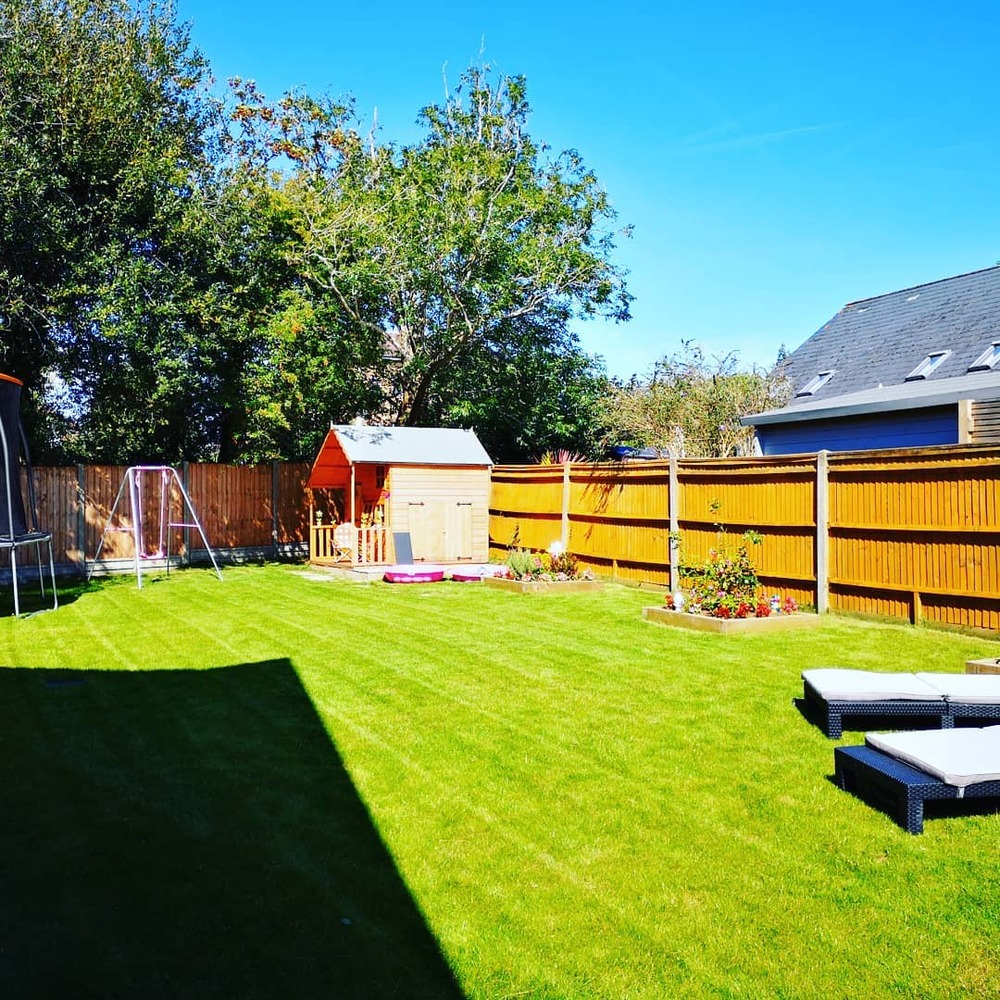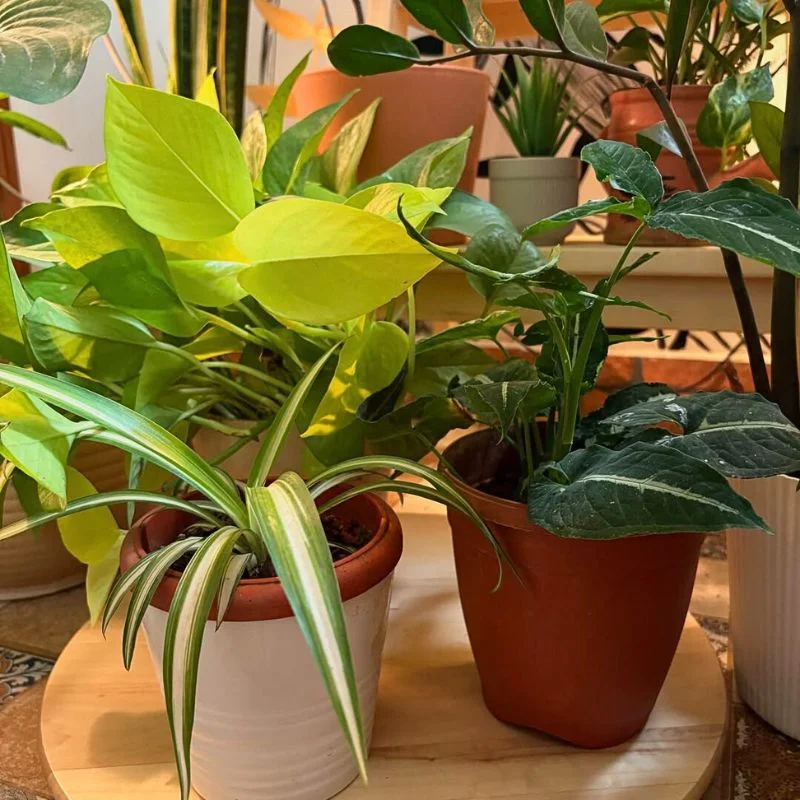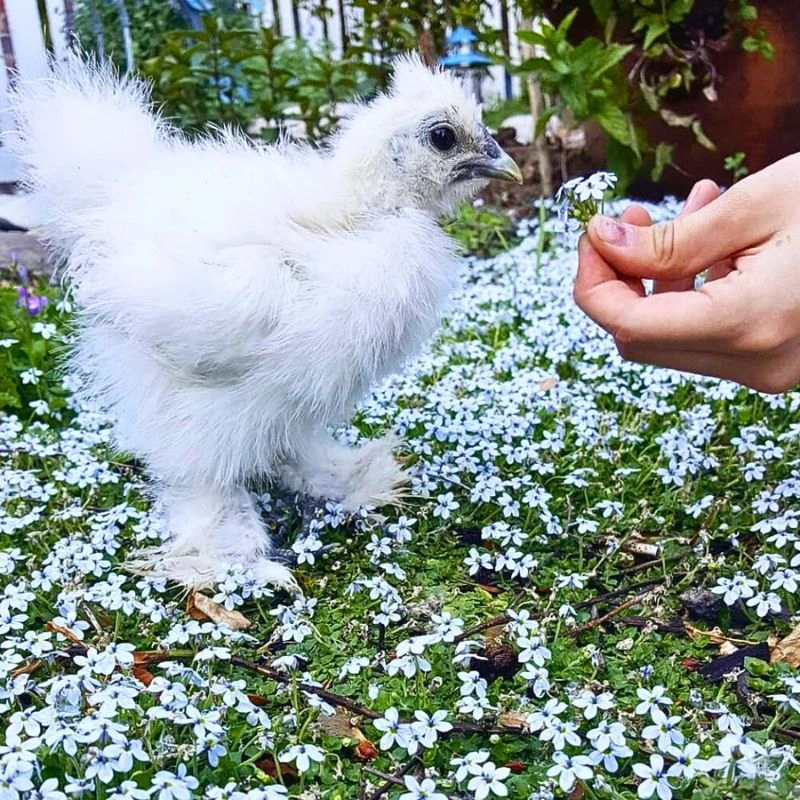Our predecessors sought direction on when to plant and harvest from the heavens long before gardening centres and plant apps. Deep roots in human history surround the practice of lunar gardening, which is timing garden activities with the phases of the moon. Ancient societies such as the Babylonians and Egyptians carefully tracked the moon's movements and linked them to agricultural prosperity. Following "planting moons" that indicated when to sow corn, beans, and squash, native American tribes' Farmers in ancient China timed their rice planting using lunar calendars. These customs were useful knowledge handed down over the years, not merely superstition. You can read more about How Concrete Lifting Reduces Waste and Supports Eco-Friendly Garden Design
Many old farming books reference moon phases. Gardeners from medieval Europe sometimes advised farmers to plant in line with moon phases. For thousands of years, these customs have endured since many gardeners discovered they yielded good results, even though their exact reason is unknown.

Understanding the Lunar Cycle and Its Phases
The moon completes its cycle in about 29.5 days, moving through four main phases:
- New Moon: The moon isn't visible from Earth.
- Waxing Moon: The moon appears to grow larger night by night, from a slim crescent to nearly full.
- Full Moon: The entire face of the moon is illuminated.
- Waning Moon: The visible portion shrinks night by night until it disappears.
According to conventional lunar gardening theory, water in the soil and in plants is affected by the gravitational pull of the moon in the same way it influences ocean tides. Lunar gravity is claimed to pull water up during the waxing phase, therefore increasing the moisture in soil and promoting the absorption of water by which seeds may grow. This pull lowers in the declining period, which might help root development.
The Hint astrology app might be really helpful if you want to monitor moon phases for your gardening projects. It offers simple moon phase data together with ideas for several pursuits, including gardening. Having a basic method to monitor moon phases will enable you to experiment with lunar gardening even if you are new to this age-old hobby.

Moon Phase Planting: What to Grow When
Different types of plants are traditionally planted during specific moon phases:
- New Moon to First Quarter: This is the time for leafy greens and plants with external seeds. The increasing moonlight and gravitational pull supposedly stimulate leaf growth. Good choices include lettuce, spinach, cabbage, and broccoli.
- Waxing Moon to Full Moon: Plants that produce their edible yield above ground with internal seeds do best here. The strong gravitational pull and increasing light support strong growth. Examples include tomatoes, peppers, beans, peas, squash, and melons.
- Full Moon to Third Quarter: The decreasing light but still-strong gravitational pull favours root development. This is the ideal time for root crops like potatoes, carrots, beets, onions, garlic, and turnips.
- Waning Moon to New Moon: It is hypothesised that the declining light and gravity stimulate root development without much top growth. Planting bulbs and tubers like flower bulbs, as well as perennials needing robust roots, is best done now.
The Science Behind Lunar Gardening
Although many people who garden swear by lunar planting, the scientific community is still split. Certain studies imply that lunar cycles and plant development may have relationships. Though on a far smaller scale, the moon's gravitational effects on water are well-established in producing ocean tides; so, it is fair to believe it might affect the water in soil and plants too.
Certain research has discovered that seedlings germinate faster under some moon phases. Additionally, during the full moon, plant sap flows. Other research, however, has not shown notable results, which makes it challenging to get clear, scientific conclusions.
Developed by Rudolf Steiner in the 1920s, biodynamic farming combines lunar gardening ideas with backing from certain organic farmers who note better plant health and production.

Creating Your Lunar Planting Calendar
To start lunar gardening, you'll need:
- A lunar calendar showing moon phases for your area
- Your local frost dates and growing season information
- A list of what you want to plant
Combine these three elements to create a planting schedule that follows both lunar wisdom and the practical realities of your climate. Many gardening websites offer printable lunar calendars, or you can use apps that track moon phases.
Start small—try planting the same vegetables at different moon phases and keep notes on the results. This personal experimentation will help you discover if lunar gardening works in your garden.
Other Garden Tasks and the Moon
Lunar gardening extends beyond just planting:
- Pruning: Prune during the waxing moon to promote fresh growth or during the declining moon to halt development, which is wonderful for shaping.
- Harvesting: Traditionally, root vegetables taste better when picked at the declining moon. Said to have the maximum moisture and nutrients, above-ground crops are generally gathered during the full moon.
- Fertilising: Fertiliser should be used during the waxing moon when plants are aggressively consuming nutrients.
- Pest Control: Many conventional gardeners think that the full moon is an excellent time to place traps or use natural deterrents since many pests are more active then.
Whether you incorporate lunar gardening completely or only try a few moon-timed plantings, this age-old technique provides a chance to interact with the rhythms of nature and the knowledge of our forebears.










